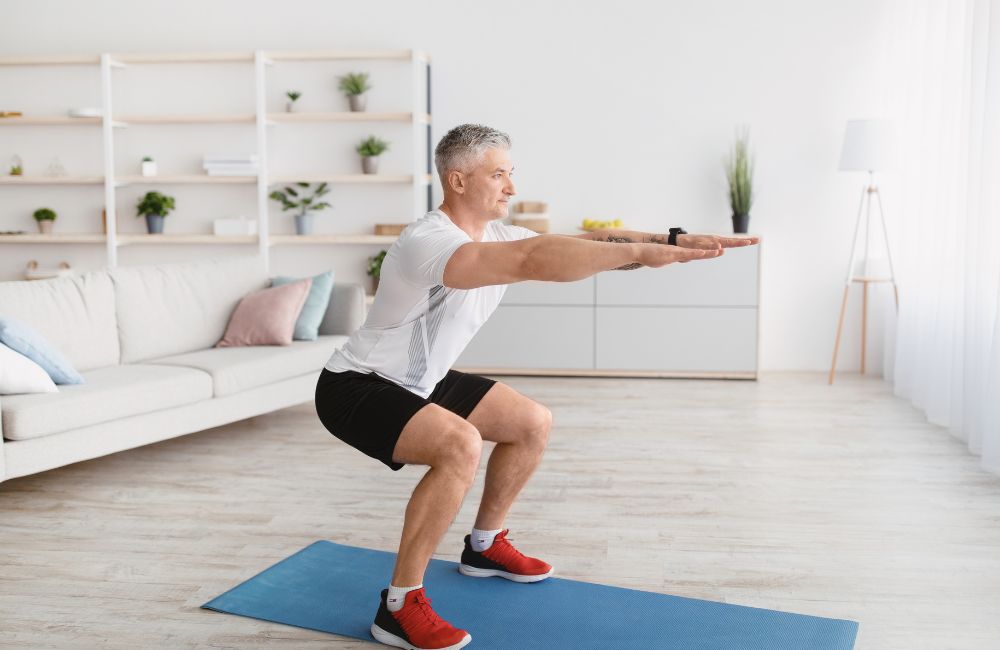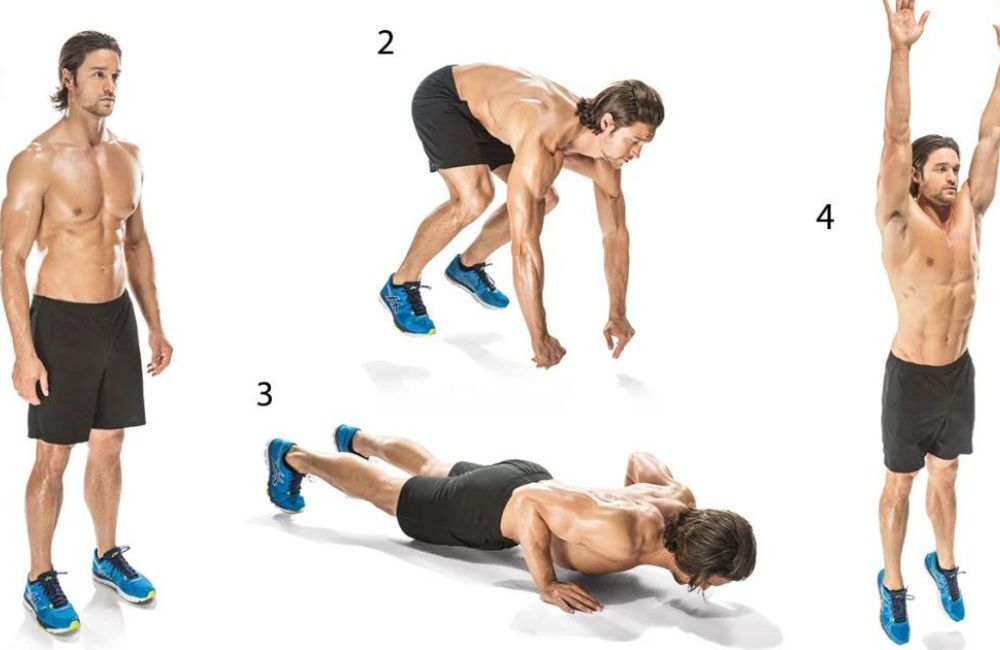
Almost everyone has a few extra pounds to lose. However, some people will also have a particularly dangerous type of fat (visceral fat) that they need to shed immediately.
Visceral fat is the type of adipose tissue that is found close to organs. Generally, visceral fat accumulates in the abdomen.
People with a high amount of visceral fat are at increased risk for the development of diabetes, heart disease, cancer, and various other diseases.
For this reason, getting rid of visceral fat as quickly as possible is paramount for good health.
You may also like:
How To Lose Visceral Fat Fast in a Week, According to Experts
The Only Ab Exercises You’ll Ever Need for Six-Pack Abs, According to Science
How to Lose Visceral Fat

The best way to reduce visceral fat is through losing weight and dieting since you can’t spot reduce where you lose weight. So let’s take a look at how to lose weight and reduce overall body fat.
Whenever we talk about fat loss or weight loss in general, we also need to discuss calories.
Calories are our body’s fuel source. These substances give us energy and enable us to do all of the things we love on a daily basis.
However, when we eat more calories than we need to power our activities, we store the excess energy as fat.
Conversely, when we eat fewer calories than we need for our activities, we burn our stored fat in order to complete our daily tasks.
Therefore, in order to lose weight, all you have to do is create a negative caloric balance.
But while this may sound simple on the surface, maintaining a negative energy balance is no easy task.
The Two Major Components of Weight Loss
As discussed in the previous section, we need to create a negative energy balance in order to lose weight.
To create this negative energy balance, we essentially need to focus on two areas of our life:
- what we eat
- how much we move.
Therefore, exercise is critically important for weight loss (and health in general) but diet must also be considered.
In this article, however, we are going to focus solely on the exercise side of the coin.
The Best Exercises to Lose Visceral Fat and Excess Weight
Below, I will outline 5 of my favorite exercises that can burn extra calories. This can help you push your body toward a negative calorie balance, which will lead to weight loss.
1. Exercise #1: Squats

Squats require the biggest muscle of the lower body to all work together. For this reason, squats are a great choice for those looking to lose weight.
How to Perform:
- Stand with your feet roughly hip-width apart, toes pointed forward.
- Bend your knees and hips, aiming to sit your buttocks downward.
- Once you’ve gotten as low as you can, straighten out your knees and hips in order to return to the starting position.
- Complete 10-12 reps as described, 2-3 sets per session, 3 sessions per week.
2. Exercise #2: Jump Rope

Have you ever noticed how no top-level boxers (besides the super heavyweights) have any fat on them? One of the reasons for their incredible physiques is their commitment to jumping rope.
Jumping rope is a terrific exercise that can improve cardiovascular endurance, increase strength, and shed calories.
How to Perform
- Select a jump rope that is the right height for you (when you stand in the middle of the rope with one foot, the handles should reach your armpits).
- Grasp one handle in each hand.
- Turn the rope forward and time your jump so that you hop over the rope every time it comes by.
- Continue in this pattern for 1 minute.
- Take the thirty-second rest.
- Repeat this alternating work-rest series for 20 minutes total. You can jump rope as many as 5 times per week, or as few as 3 times to reap the benefits.
- As time goes by, you can experiment with more fancy jumping techniques.
3. Exercise #3: Burpees

Burpees are another fantastic exercise for increasing total body muscle strength, stamina, and, of course, burning calories.
This movement can be modified to make it harder, easier, high-impact, low-impact, or whatever you need to be successful!
How to Perform:
- Start in standing, with your feet roughly hip-width apart.
- Place your hands on the ground, then jump your feet back so that you are in a pushup position.
- Then, jump your feet forward and stand up.
- Repeat this motion for 1 minute, rest for 30 seconds, and continue until you have accumulated 20 total minutes of work.
- This burpees workout should be performed 3-5 times per week.
4. Exercise #4: Mountain Climbers

Much like jumping rope and performing burpees, mountain climbers are an awesome way to get the heart rate up as you get a total body workout.
This move is easy to master, but it’s very difficult to complete a ton of reps. So take your time as you progress as your mountain climbers!
How to Perform:
- Start in pushup position, with your hands on the floor about shoulder-width apart and your feet about hip-width apart.
- Quickly, bring your right knee up to your chest.
- Then, rapidly return your right foot to the starting position as you bring your left knee to your chest.
- Continue to alternate in this manner for 1 minute.
- Then, rest for 30 seconds, and repeat this series until you can complete 15 minutes of work in total.
- Mountain climbers may be performed 3-5 times per week.
5. Exercise #5: Sprints

When you hear the term sprints, you probably imagine busting your butt on the track.
However, sprints don’t necessarily have to be performed while running. In fact, you can sprint while swimming, using a rower, or riding a bike; to name a few options.
Sprints are likely the most tiring form of exercise there is. That being said, be sure to take ample time to warm up before you start sprinting.
How to Perform:
- Pick a distance, time, or some other variable you will use to measure your sprints.
- When you’re ready, move as fast as you possibly can for that defined interval.
- Once you’ve completed the sprint, thoroughly rest before the next one.
- Perform as many sprints as it takes to total 10 minutes of sprinting per session, not including rest time.
- You should only perform sprints 2-3 times per week.
Conclusion
So, what do you think? Are you ready to begin your weight loss journey?
If so, talk to your doctor to make sure that you are in a safe, healthy position for starting an intense exercise and diet program. Once you do, give it everything you have and enjoy the ride!
Works Cited
- Elffers, T. W., de Mutsert, R., Lamb, H. J., de Roos, A., Willems van Dijk, K., Rosendaal, F. R., Jukema, J. W., & Trompet, S. (2017). Body fat distribution, in particular visceral fat, is associated with cardiometabolic risk factors in obese women. PloS one, 12(9), e0185403. https://doi.org/10.1371/journal.pone.0185403


